This figure is higher than the average number of trips in 2018 conducted by the Institute of Transport Development Strategy, which was 2.02 trips/person/day, but lower than the survey data of JICA in 2013, which was 2.8 trips/person/day. Of which, 78% of daily trips were to go to work and return home, followed by trips to the market and shopping, accounting for 8.1%.
This reality shows that people's travel needs are concentrated on corridors from their homes to their workplaces and are less spread out. This is a favorable condition for Ho Chi Minh City to promote the provision of public passenger transport services connecting residential areas - workplaces for people to use daily instead of personal vehicles which are contributing to serious environmental pollution...
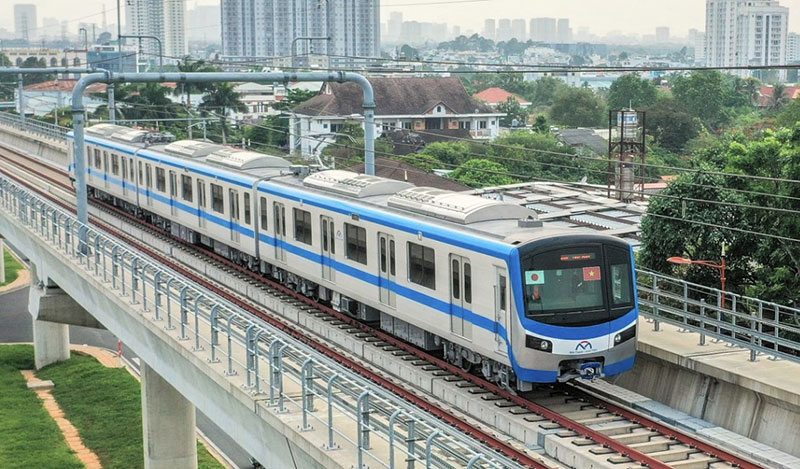
Despite such advantages in bus development, the results of interviews with household members of the Traffic Management Center show that up to 89.6% of people answered that they rarely use buses for daily travel; about 10.4% of people use them daily or several times a week for travel. Up to 75.4% of people's daily trips use gasoline-powered motorbikes, the remaining 14.3% use other means of transport such as private cars, taxis, and motorbike taxis. Meanwhile, the central area is limited to 5 bus routes, with an average frequency of 11-22 minutes/trip during peak hours, and the interval between bus trips outside peak hours is up to 30-60 minutes/trip.
In order to meet the travel needs of people and bring public passenger transport to 25%, the Project on Controlling Vehicle Emissions in Ho Chi Minh City has proposed investing in opening 72 new bus routes in the period of 2025-2030. Expanding bus operations to areas such as Thu Duc University Village, Thu Thiem New Urban Area, along stations on urban railway lines... In the city center alone, about 5,000 buses will be developed; other areas will develop the number of buses depending on usage needs and traffic infrastructure. From 2026-2030, strongly develop in the central area in sync with the implementation of measures to limit the circulation of cars and motorbikes, ensuring a minimum of 8,000 buses in the central area, then continue to expand to other areas.
Dr. Nguyen Bach Phuc, Chairman of the Science, Technology and Management Consulting Association, gave a figure that a person riding a motorbike occupies 5.13 times more road space than a person riding a bus. But how to get city residents to give up their personal motorbikes and take the bus to ensure their health, ensure safety and reduce costs is the issue that needs to be discussed. The biggest advantage of the bus system is that it must cover almost all large and small roads in the city, from where they live to the nearest public bus station is usually less than 300 meters. People only have to walk about 300 meters from their home to the public bus station, as well as from the last public bus station to their destination. When public passenger transport meets people's needs, people will also use taxis and technology cars less and there will no longer be a situation where taxi and technology car companies spring up like mushrooms and compete fiercely with each other like today.
According to Dr. Nguyen Bach Phuc's calculations, the total number of buses that need to be purchased so that the city's residents can completely abandon motorbikes must be at least 157,000. The total investment for this huge number of buses, along with logistics infrastructure and parking lots, is about 11.2 billion USD. Although very large, this amount is only equivalent to investing in building about 66km of metro and as a result, the traffic congestion level in Ho Chi Minh City will be reduced by 5 times.
According to Dr. Nguyen Bach Phuc, if the above amount of money is used to invest in 5-6 metro lines while the bus system is not yet complete, people still travel by car and personal motorbike, so traffic congestion and pollution caused by vehicles cannot be completely resolved. Not to mention that when looking at the reality of metro investment in the city, even if money is available, it will take about 20 years to complete one line.
After a successful bidding, since the beginning of August, the Traffic Management Center and investors have put into operation 35 new bus routes, of which 27 routes are entirely electric buses. This move has increased the total number of electric buses in the area to 613, accounting for 26.2% of the total number of buses. Adding the 500 buses using CNG in operation, the rate of clean, environmentally friendly buses in the city has reached 48%.
According to the roadmap proposed by the Public Transport Management Center, it will be 2030 before all buses operating in the city can be converted to use electricity or clean fuel. After the merger, Ho Chi Minh City has 164 bus routes with 2,342 buses and the number of subsidized routes is up to 108, but what to do to reduce subsidies and increase the rate of people traveling by clean buses is the primary responsibility of those managing this field.
Regarding buses, Associate Professor Dr. Pham Xuan Mai - a research group of the City Science and Technology Association, stated that roads with a width of less than 7m in the area account for about 60%, so large buses are unlikely to be able to operate. Therefore, it is necessary to propose allowing small buses to operate on roads with a width of less than 7m, internal roads in residential areas or checkerboard roads to connect and transfer residents from small alleys to the large bus and metro systems.
During the survey to develop a project to put small buses into operation, the research team of Associate Professor Dr. Pham Xuan Mai found that 85% of the city's population lives in residential areas with small roads of 3m - 6m, making it difficult to access buses. In addition, 86% of the surveyed people wanted the distance from their residence to the bus stop and bus system to be only 200m.
Therefore, to best meet the people's need for bus travel, Associate Professor Dr. Pham Xuan Mai proposed to put small buses into operation. The proposed vehicle is a 12-seat bus, occupying a road surface area of only 1.5m2 and when running on small roads, it will run one way along a certain route with the purpose of collecting passengers and transferring passengers from small roads to bus stations on large roads.
Since 2013, the Prime Minister has issued Decision No. 568/QD-TTg approving the adjustment of the transport development plan of Ho Chi Minh City until 2020 and the vision after 2020. According to this decision, the city will build bus rapid transit (BRT) routes No. 1, 2, 3, 4, 5, 6. However, of the 6 planned BRT routes, only route No. 1, 26km long, was approved by the city later with a total investment of nearly 156 million USD.
This is a BTR route running along Vo Van Kiet - Mai Chi Tho Avenue, connecting the East - West areas of the city with Metro Line 1. But after many years and many times of suspension due to concerns about operational efficiency as well as the number of passengers not meeting forecasts; due to lack of synchronization in developing bus routes, passenger supply, public transport infrastructure and ineffective control of private vehicles, in 2023 the city officially stopped implementing the project at the request of the World Bank.
To develop BTR, in the Project to adjust the general planning of Ho Chi Minh City to 2040, with a vision to 2060, the city has determined to build 3 new BRT routes to enhance connectivity and develop public transport in the area. These BRT routes include Tan Kien - Phu Long bridge route, Nhi Binh - Vinh Loc route and the city center - Can Gio route. Thus, other directions to the center or across the central area still do not have BTR.
Source: https://cand.com.vn/Giao-thong/co-hoi-nao-danh-cho-xe-bust-metro-bai-3--i779178/



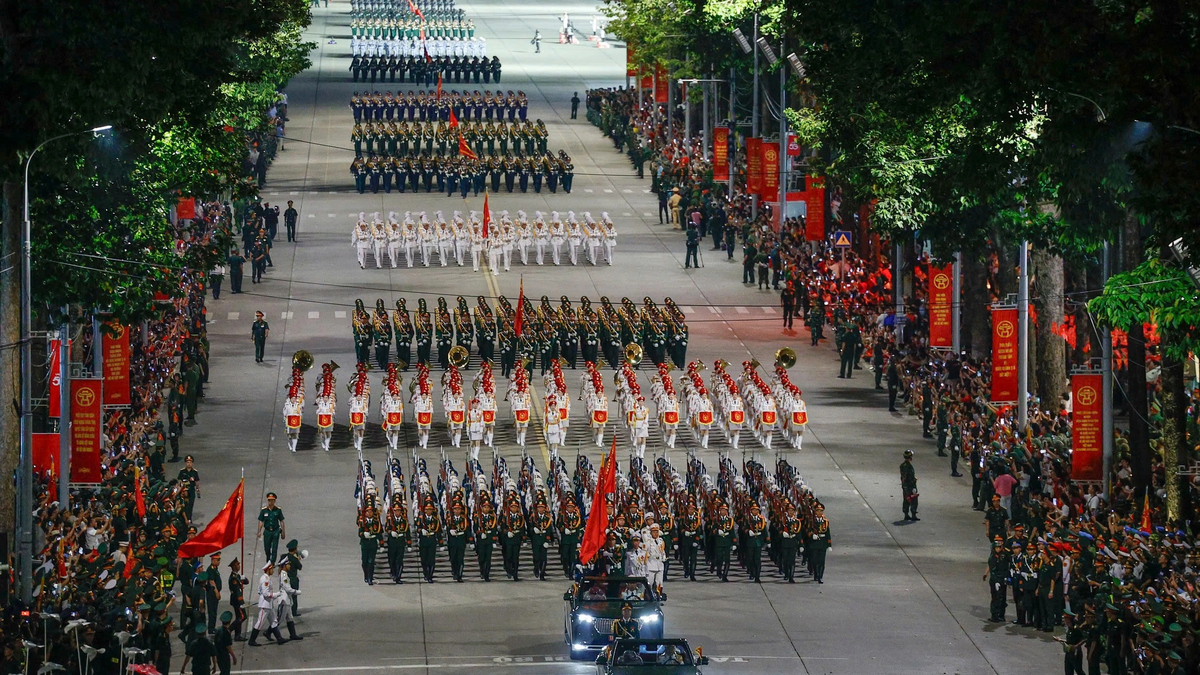
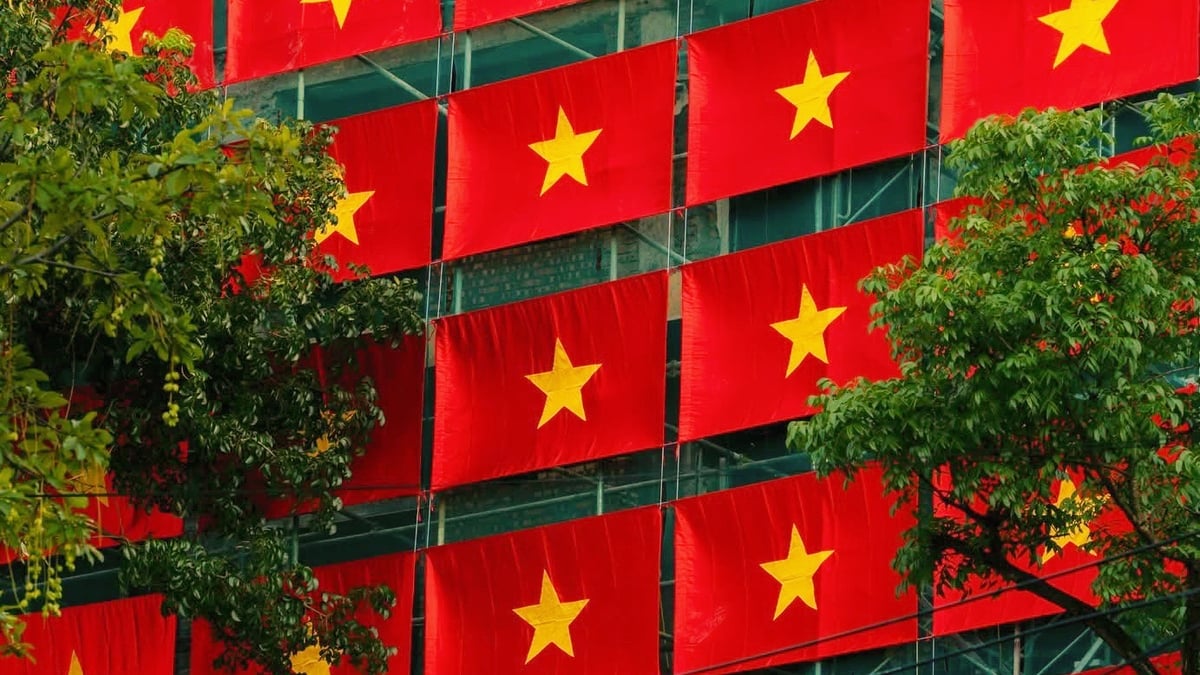

![[Photo] General Secretary To Lam attends the 80th anniversary of Vietnam's diplomacy](https://vphoto.vietnam.vn/thumb/1200x675/vietnam/resource/IMAGE/2025/8/25/3dc715efdbf74937b6fe8072bac5cb30)

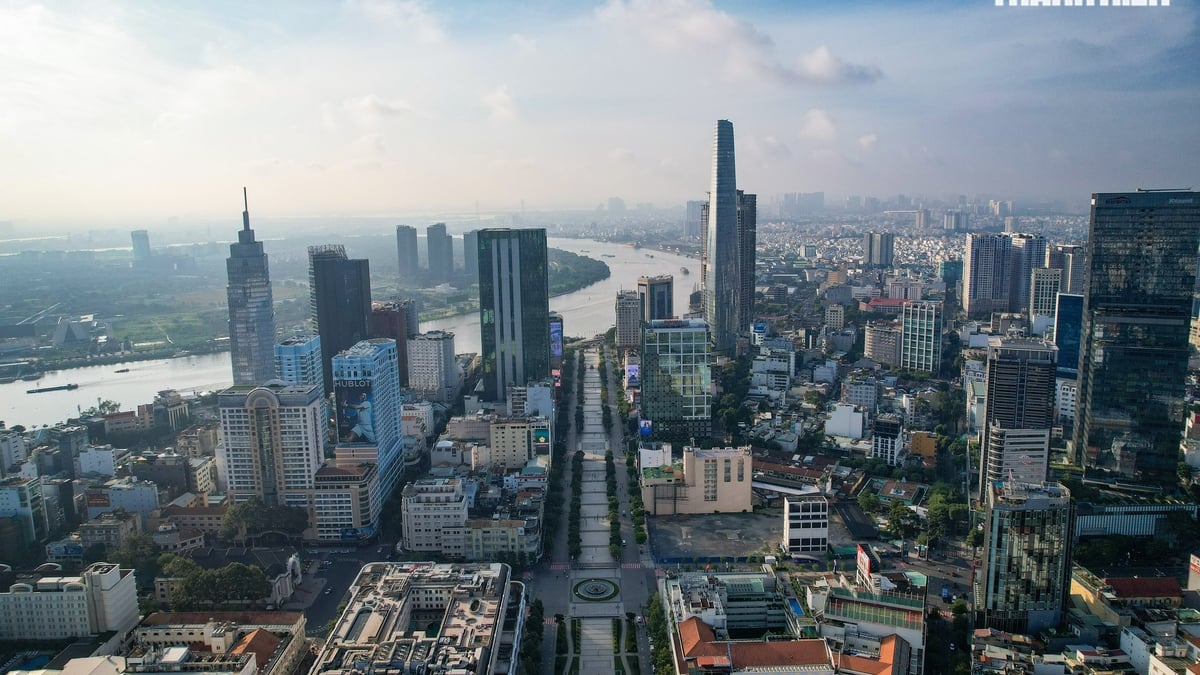
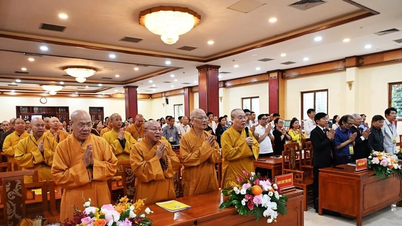

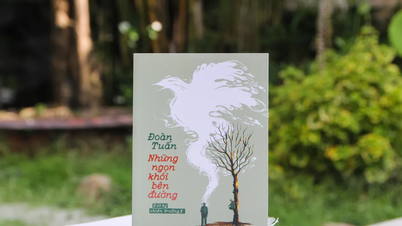


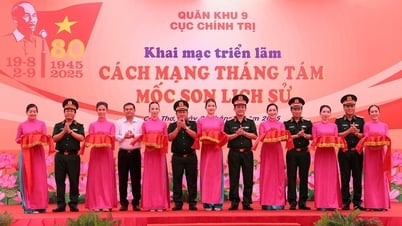








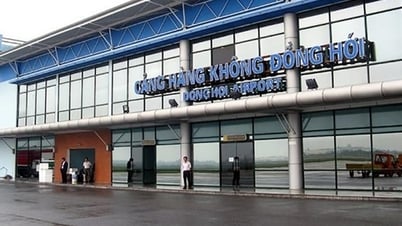

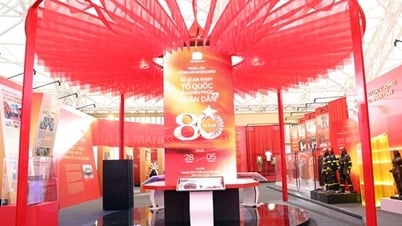


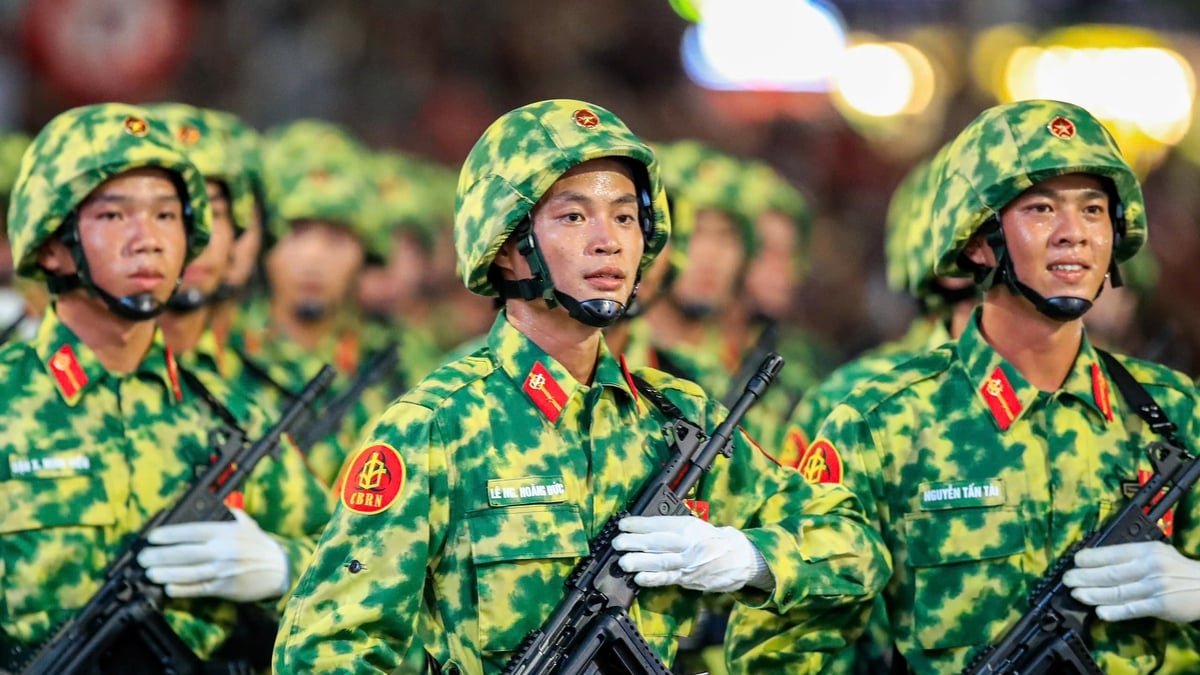




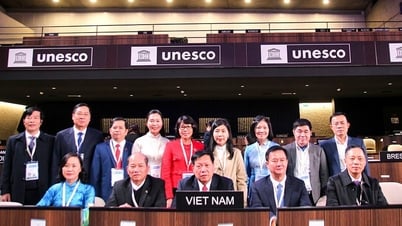

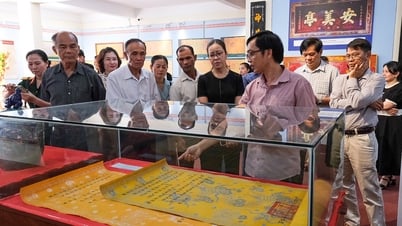

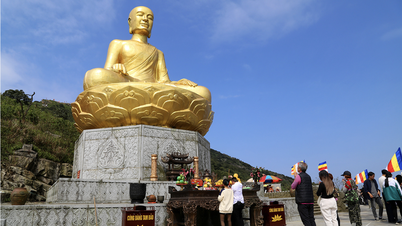












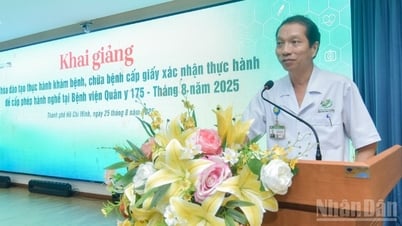



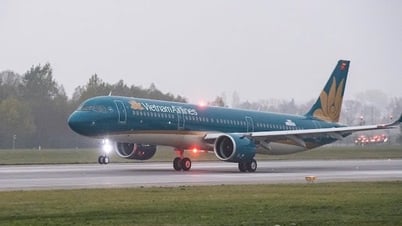



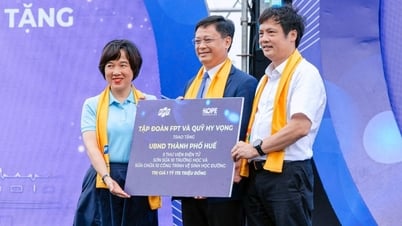

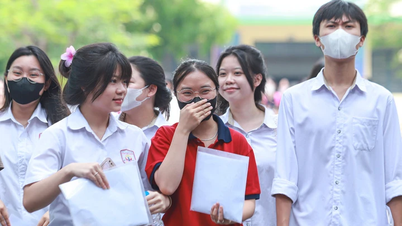

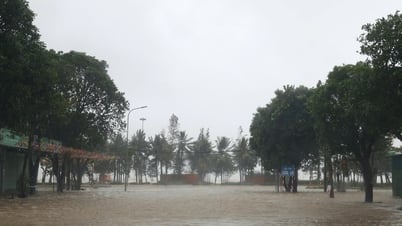

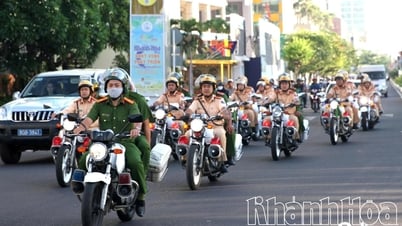

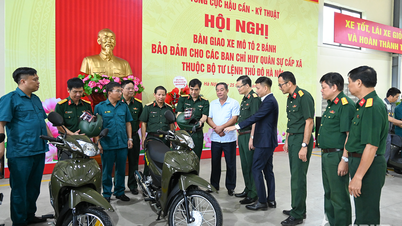
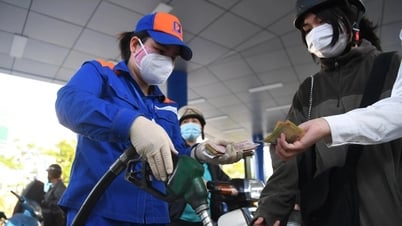


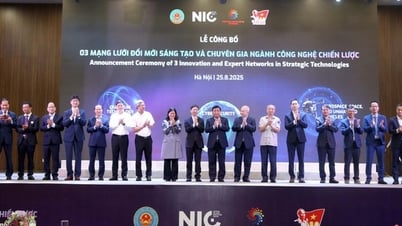


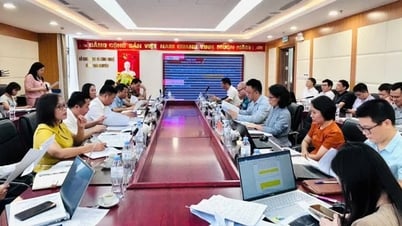

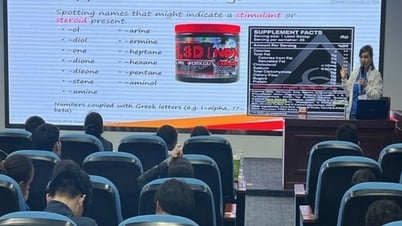




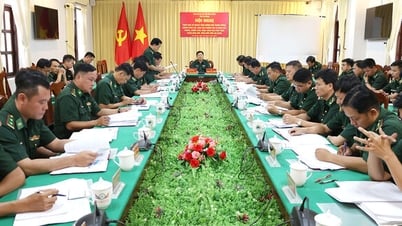











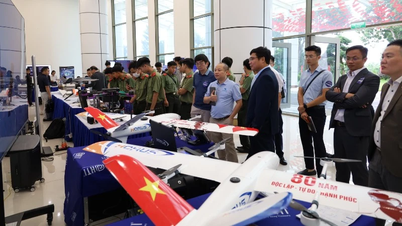






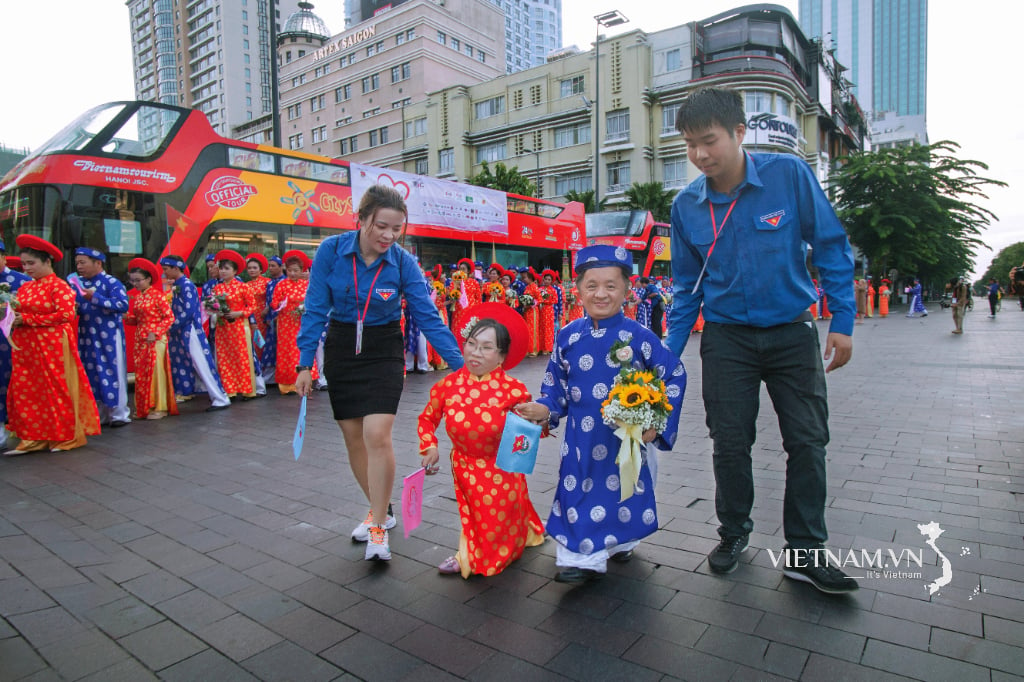


Comment (0)